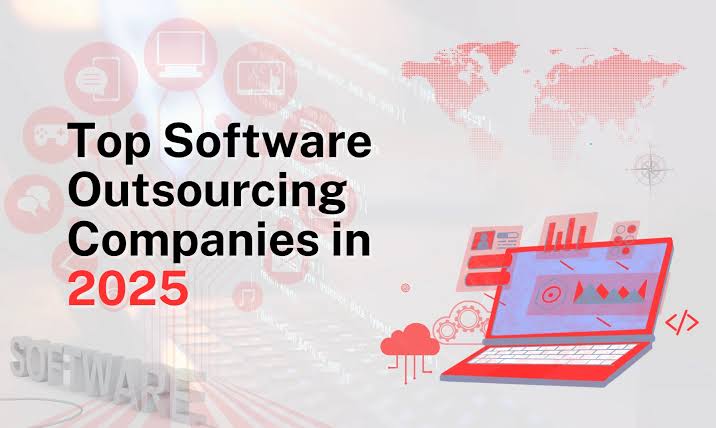AI & Automation: The New Architects of Efficiency
The practice of artificial intelligence has become beyond the hype to becoming basic outsourcing infrastructure. The leaders are already using AI throughout the development cycle, creating code snippets (30 times faster than manual coding), forecasting project risks and automating QA testing. Machine learning algorithms can be used to model past project data use to optimize resource planning, whereas natural language processing allows the transmission of gaps in communication within international crews. These new technologies in software industry turn outsourcing of labor arbitrage game into intellectual collaboration, in which man and AI partnership yields a whole new level of productivity.
Cloud-Native Ecosystems: Scalability as Standard
The modern cloud computing has moved into the innovation accelerator. Containers, microservices and serverless technologies support cloud-native software outsourcing such that inherently scalable solutions are constructed. The multi-cloud environments (AWS/Azure/GCP) can be managed by tools of Infrastructure-as-Code, so that clients can switch to elastic and digital platforms instead of legacy systems. This transition saves time-to-market by 40per cent and enables real-time collaboration around the world and cloud expertise cannot be bargained with competitive outsourcing partners.
Blockchain: Trust Engine for Distributed Teams
On top of the cryptocurrency, immutable ledgers by blockchain address vital outsourcing issues:
- IP Protection: In cross border cooperation ownership rights are auto-enforced through smart contracts
- Compliance Automation: Real time audit trails on GDPR/CCPA compliance
- Secure Payments: Transactions having a reduced fee barrier in cross-border usage to be tokenized
The financial and healthcare sectors are especially beneficial as the outsourcing partners apply blockchain to develop zero-trust schemes shielding sensitive information within decentralized workforces.
IoT Integration: Data’s Physical Frontier
Because of an expected $1.1 trillion spend on IoT unto 2025, outsourcing firms now focus on sensor-based solutions. Examples include:
- Predictive maintenance systems for manufacturing equipment
- Smart supply chain trackers with real-time environmental monitoring
- Tele-monitoring of patient health-care systems
The providers are uniting hardware and cloud analytics skills to extract meaningful insights to improve performance and address security drawbacks such as device encryption.
Making Development Open to Everyone
Low-code/no-code platforms are reshaping software outsourcing economics. Business analysts at client companies now prototype applications independently, while outsourcing teams focus on complex backend integration. This division of labor:
- Cuts development costs by 35%
- Accelerates MVP delivery from months to weeks
- Allows rapid iteration based on user feedback
Forrester predicts this market will grow to $21.2 billion by 2027, making it essential for providers to offer “citizen developer” support services.
Modern outsourcing embeds security at every phase:
- Automated vulnerability scanning in CI/CD pipelines
- AI-powered threat detection during coding
- Compliance-as-code templates for regulated industries
With cybercrime costs projected at $12 trillion in 2025, leading providers now achieve 100% audit pass rates by making security a collaborative responsibility—not an afterthought.
The Planned Edge
These latest technologies in software industry elevate outsourcing beyond cost reduction. They enable:
- Faster Innovation Cycles: The AI-assisted development cuts the time drive-to-market
- Elastic Scalability: The cloudstack-native stacks accommodate demand surges
- Risk Mitigation: Blockchain/DevSecOps reduce breach of compliance
The companies which use such tech-driven partnerships are not only more efficient, they acquire competitive advantage in the online age.
Outsourcing innovation of the future is more than ever co-creation of the resulting future: one line of code, sensor, algorithm, and secure foundational line of code at a time.

